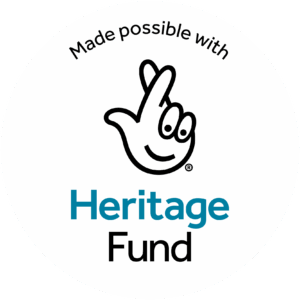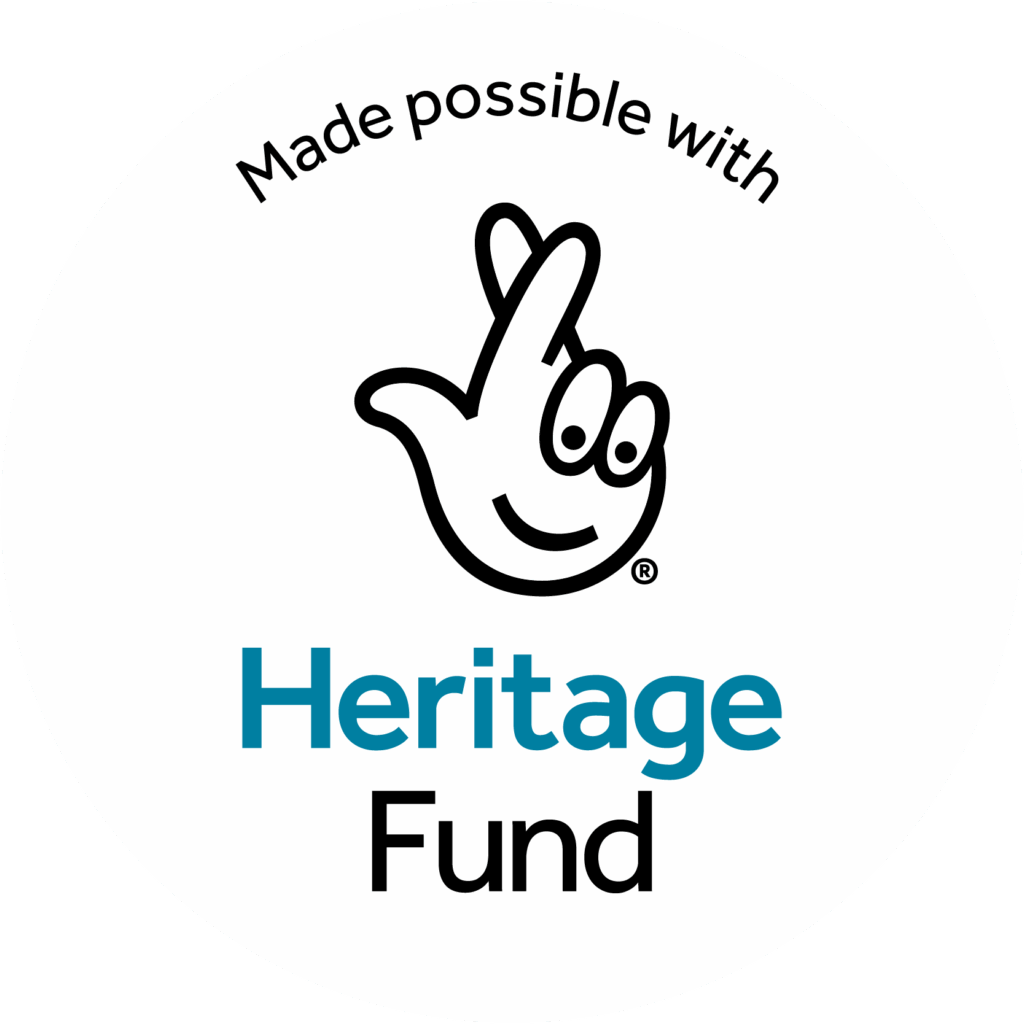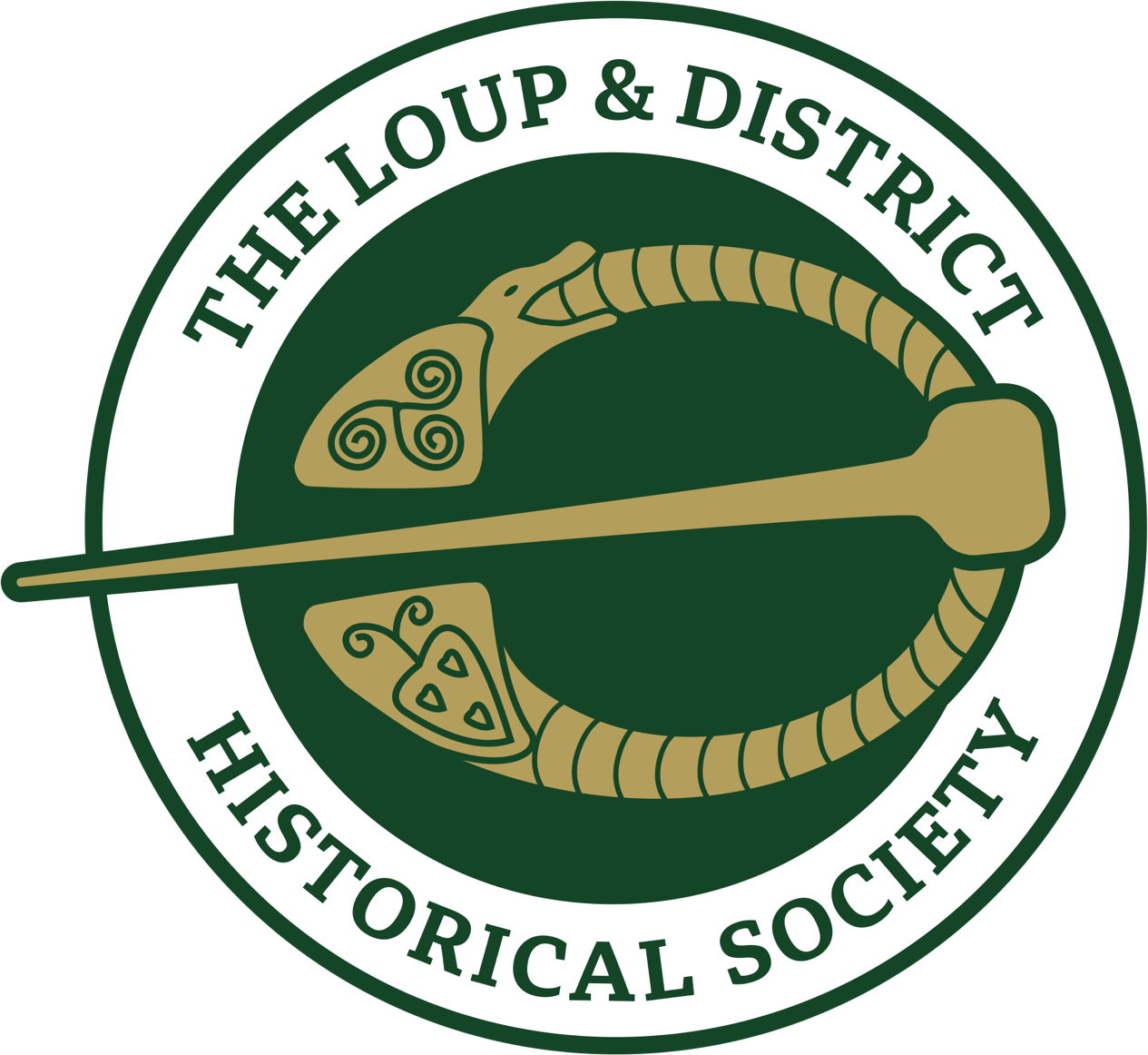One of the reasons why people were so reluctant to enter the workhouse was that upon entering the building men, women, and children were separated throughout the course of their stay. Infants, usually classified as under two were allowed to remain with their mother as there were being breastfed. Only occasionally were people allowed to leave the workhouse, given special dispensation by the guardians to do so.
On the eve of the famine there was great hope that men, women and children could be put to work in the Magherafelt workhouse, thereby providing something meaningful for them to do.
While William Miller had the contract to supply shoes for men, women and children to the workhouse, it was suggested that Oliver Peacock of Magherafelt might instruct the ‘inmates’ on shoemaking so that they might learn a trade and also to pass the time within the building. Thread and needle work was taught to young girls and women, although as the numbers increased during the Famine it proved difficult to stick to these tasks. A quantity of wool was purchased by the guardians, and it was spun into drugget — the wool being dyed previous to the operation — the looms being placed in the male and female ‘idiot’ wards. Mats were also made by the male inmates. Boys were instructed in weaving, and for that purpose two looms were purchased from James Armstrong of Magherafelt, and James McElderry was appointed the instructor, and his hours were from 7 a.m. till 6 p.m. each weekday. Men and young boys were also put to work on the workhouse farm – tending to crops and animals (mainly pigs). In 1848 the guardians advertised for an agriculturalist, one who was well versed in green crops and draining, and who could also control the ‘inmates’. In 1861 it was reported that there were 22 boys engaged in working on the workhouse farm; one employed in shoemaking, one in tailoring the six girls were being instructed in sewing.



